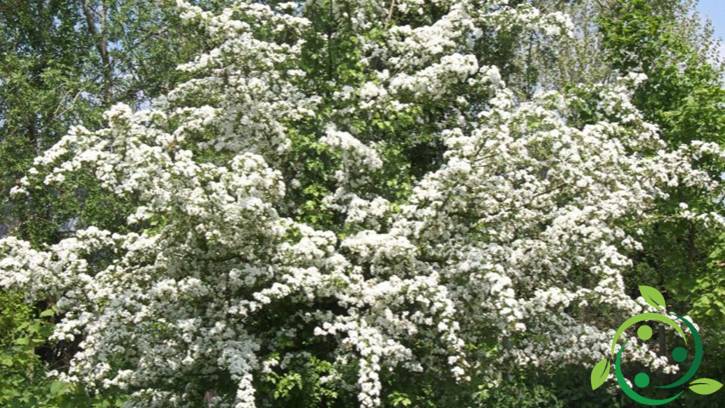How to grow the hawthorn in a biological way
How to grow the hawthorn in a biological way
Being part of the spontaneous Italian flora, it is easy to see how the hawthorn can be safely cultivated in the garden; It is a completely rustic shrub that can be grown outdoors all year long even in regions where the winters are very cold, with low night temperatures below -10 / -15 ° C.
Hawthorns live in sunny or semi-shaded places where they can enjoy at least a few hours of sunshine every day; They love limestone soil, and they fear the soils particularly acidic, so it is good to avoid placing a hawthorn in the acid of the acidophilic plants.
Hawthorn easily adapts to many types of terrain. However, the more suitable and the growth of its growth, a little slow, must be profound, rich, moist and calcareous. Then all the clayey and rather heavy substrates are fairly good, which would be a hindrance to many other plants.
The ideal show for this type of plant is undoubtedly the full sun. If you can enjoy this condition, we will have the pleasure of seeing it grow faster as well as filling almost completely with flowers and consequently in the fall of beautiful fruits. It is also possible to cultivate this shadow in half shade. It will not suffer particularly, but we will see more leaf production at the expense of inflorescence.
However, these are low maintenance plants, which generally do not require great care if they are at least 3-4 years old.
With regard to irrigation of hawthorn, you do not have to miss the water, especially if you live in a sunny position. It will be necessary to intervene at a certain frequency, even once a week. The interventions will have to become more frequent if there is a period of prolonged drought or we are in front of a young exemplar housed in a short time. We also evaluate the substrate well. If it is the ideal one, that is, rich and calcareous, it will certainly be able to keep it damp for longer. If the plant is in a sandy, turbid or stony soil it will need more frequent intervention, especially during the summer and before blooming.
As we said the hawthorn is a shrub rather slow growth. If we want it to become a beautiful specimen in the shortest possible time it is very important to intervene every year with good fertilizer.
At the end of autumn, it is good to cover the foot of the plant with abundant fat-free or pelletized stalks, adding perhaps a handful of cornunghia (which increases the slow release nitrogen intake). These adjusters will penetrate the ground with rains and snow. What remains, in the spring, can be incorporated with a slight moistening. At this stage, a little slow release granular fertilizer may also be spread in which macro and microparticles are equilibrated. This will stimulate both vegetative growth and flower and fruit production. Amendments will help make the substrate rich, alive and permeable.
As for pruning, it is recalled, during the early years, that to obtain well-groomed plants, it is important to prune the plant very low. This will push you to grow numerous suckers as well as thrashing abundantly from the main trunk. This is also a good way to make a hedge thick. In this case you do not have to be afraid to cut too low. The plant will only benefit from it. The same treatment will be reserved for adult plants that begin to undress in the lower part. The solution is always a good cut that will result in the emergence of new jets from the ground.
Pruning is generally done at the end of winter. In any case, it is not said that we should always intervene. We will do it if we want to get a well-ordered and regular barrier. It must be emphasized, however, that this shrub gives the best of itself when it is left to grow rather free by taking the appearance of specimens in nature.
Playing hawthorn is not easy. Cuttings do not always succeed, and to obtain good agaric reproduction, it is good to resort to margin or crown grafting. At home, however, you can try sowing. Times will in any case be quite long. The fruits will have to be macerated in the water. Following this the seeds will fall to the bottom of the vessel. They will then have to be dried in the sun and buried in trays with light ground, always kept moist, in a cold greenhouse. The germination times are in any case very long: from two to three years depending on the species. The hawthorn unfortunately is often attacked by parasites and illnesses. For this reason it is not advisable to introduce it into the garden, especially if it is already populated by other rosaceae because it can become the primary transmission vehicle. However, these afflictions are seldom fatal. We can intervene with parasitic biological insecticides such as aphids and antioxidants allowed in biological specifics for oid and rust. Other techniques are to introduce species that annoy insects in order to allow greater biodiversity to facilitate the entire ecosystem.
It is very important to remember that in some areas of northern Italy it is forbidden to implant new hawthorns as they are propagation vehicle for the bacterial flare (caused by Erwinia amylovora). So let’s get in touch with the authorities before proceeding.

